Last Updated on June 23, 2023 by Ctybr67k
Welcome to our introduction to London, a global city-break favourite. Samuel Johnson (1709-1784) knew why: ‘He who is tired of London is tired of life, for there is in London all that life can afford.’ 2000 years of British history, an unrivalled cultural offering and world-famous royal pageantry. This introductory post brings you information to help you get your bearings and pick up the basic facts which underpin everything. See below for reading ideas and useful links.
LISTEN
Get your Bearings

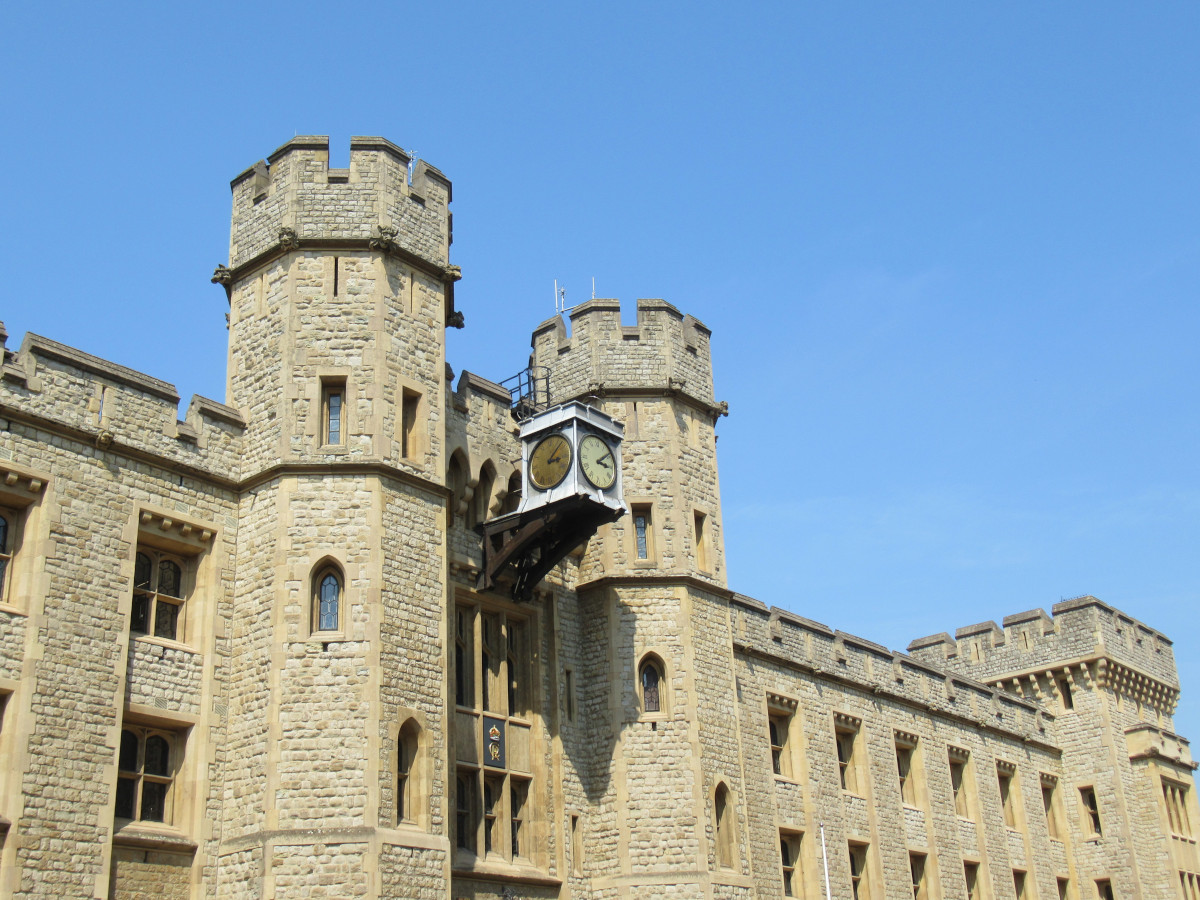
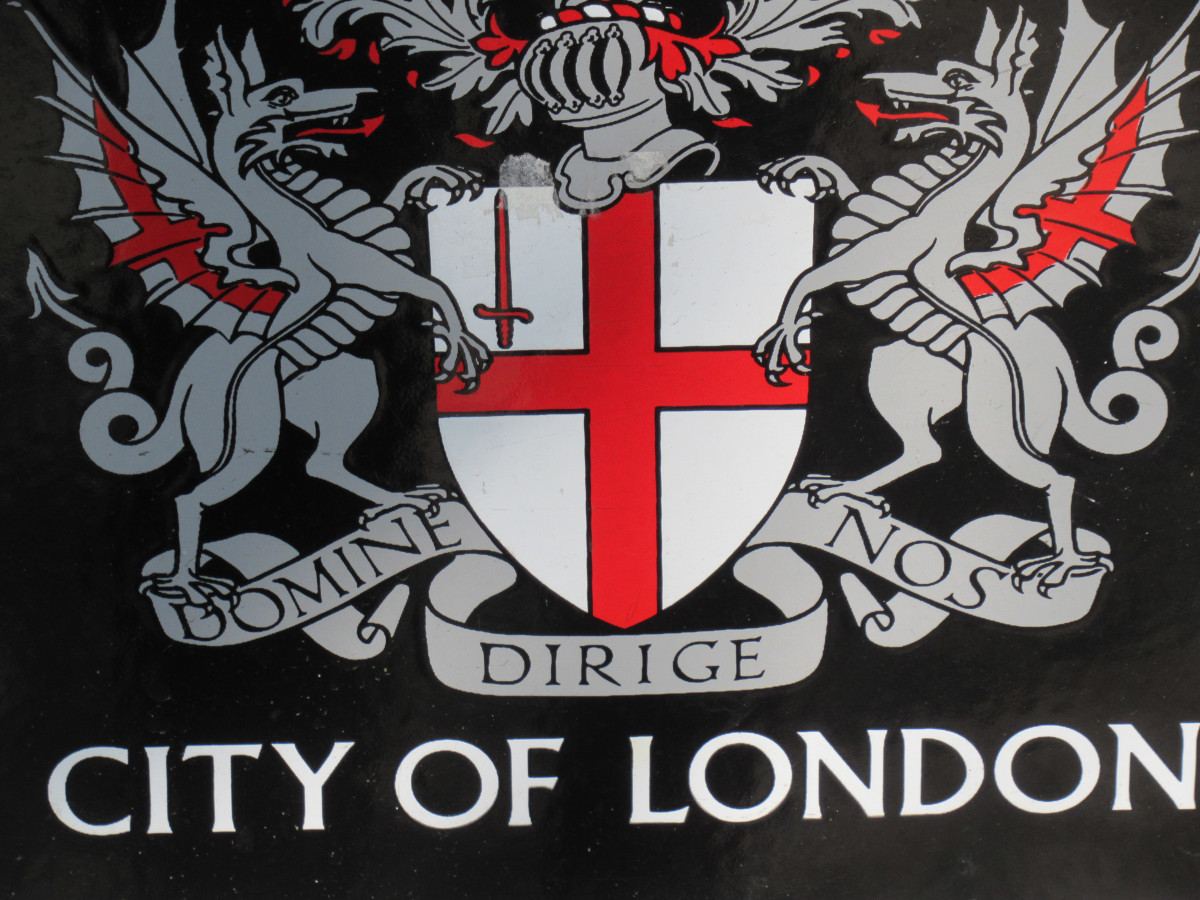
In the south-east of the UK, with appropriate weather, perhaps April showers and crisp autumn sunshine, or maybe unseasonably warm in March and drizzly in August. The best advice might be ‘expect the unexpected.’ Over 9 million people inhabit the 600 or so square miles, but it sounds more manageable to say that from east to west is about 30 miles, or a day’s walk. London straddles the River Thames, on its way from Gloucestershire to the North Sea, and if you do a boat trip from west to east, places you will sail past include Chelsea and Westminster, the Embankment and the London Eye, the Tower of London, Canary Wharf and Greenwich.
An orientation walk through central London could start at Westminster, then take you up Whitehall to Trafalgar Square, through Admirality Arch to the Mall and up to Buckingham Palace. An arc a little further out than Buckingham Palace takes in Hyde Park to the west, then Regents Park and Bloomsbury, before curving south and east to St Paul’s Cathedral in the heart of the City of London and the Tower of London. That’s all north of the river. If you then cross Tower Bridge or London Bridge and walk along the Thames to the west, you will pass the reconstructed Shakespeare’s Globe Theatre, the Royal Festival Hall and the London Eye on your way towards Westminster Bridge.
London’s Early History
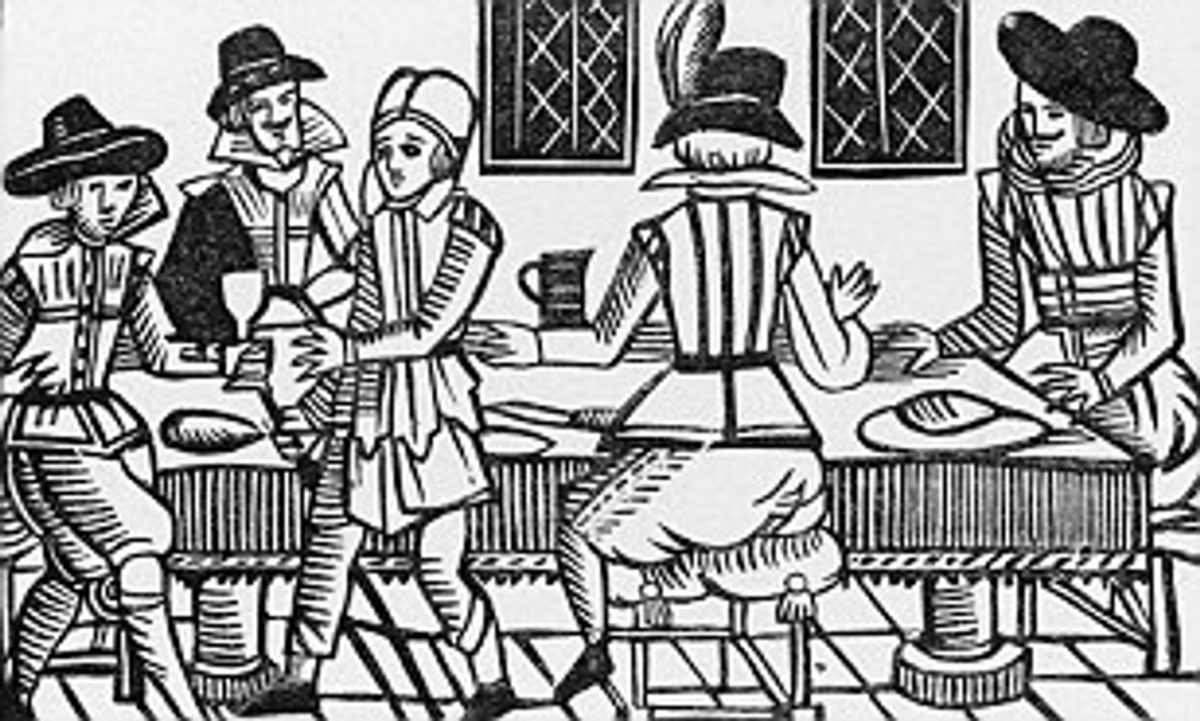
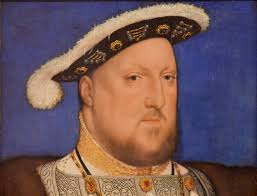
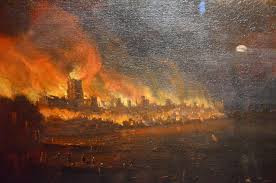
There are a few remains from the days when the Romans settled in Londinium, but medieval traces are much easier to spot. Edward the Confessor (c 1002-1066) built a church at West Minster, which later became Westminster Abbey where he is buried. It’s also where William the Conqueror was crowned, and he immediately began fortifying his position as an invader by building the Tower of London. The heart of medieval London was the area now known as The City of London, where a maze of tiny streets is a reminder of the markets and guilds, the jousting and the squalor which characterised London in those days.From the Tud
from the tudors to the great fire
Much of the Tudor London you will read about – the Palaces of Whitehall and Richmond for example – has disappeared. But you can find Henry VIII as large as life out at Hampton Court Palace and see Shakespeare’s plays staged much as they were in his day at the Globe Theatre. At Westminster Hall you can stand on the spot where Charles I was tried and condemned to death during the English Civil War (1642-51) and then walk up to the Banqueting House on Whitehall, outside which he was executed in 1649. After the Great Fire of London in 1666, much of the city, including St Paul’s Cathedral, had to be rebuilt.
The growth of modern London
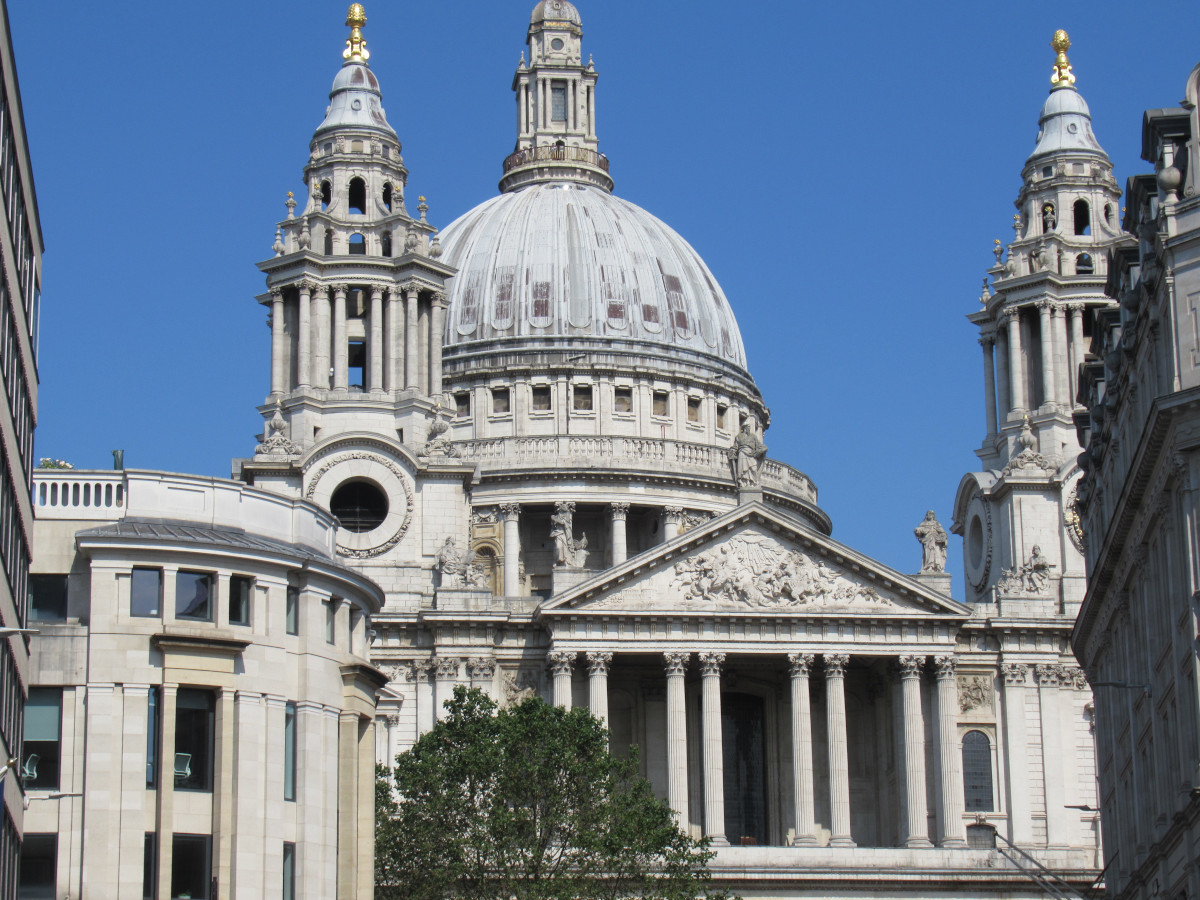
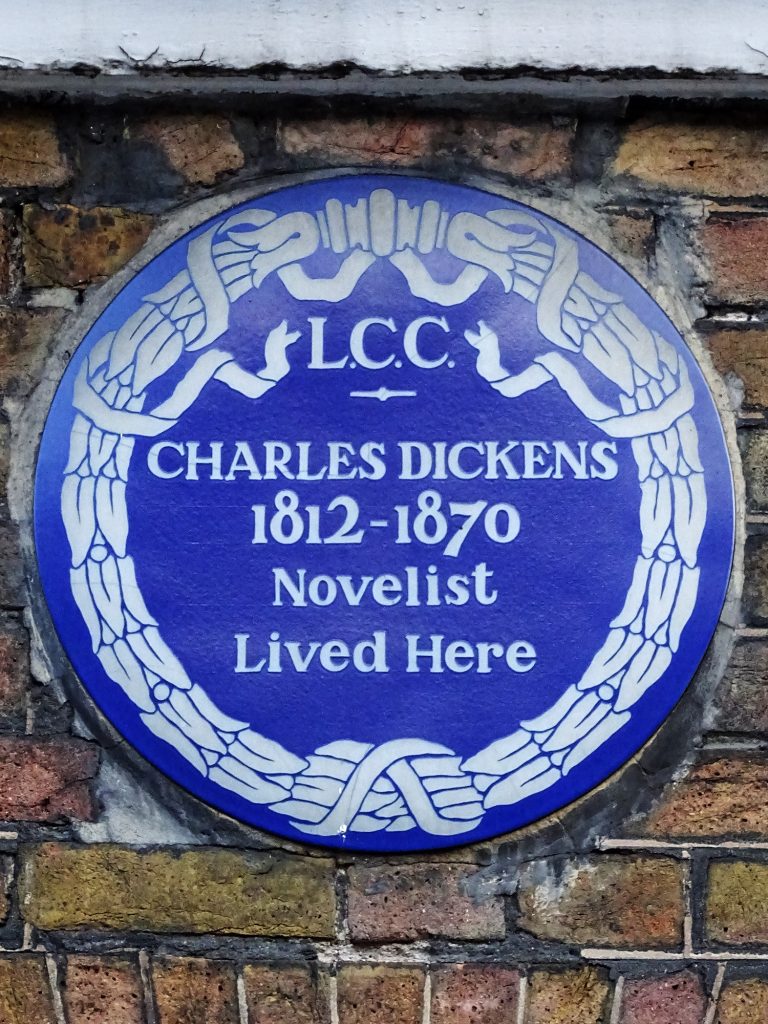
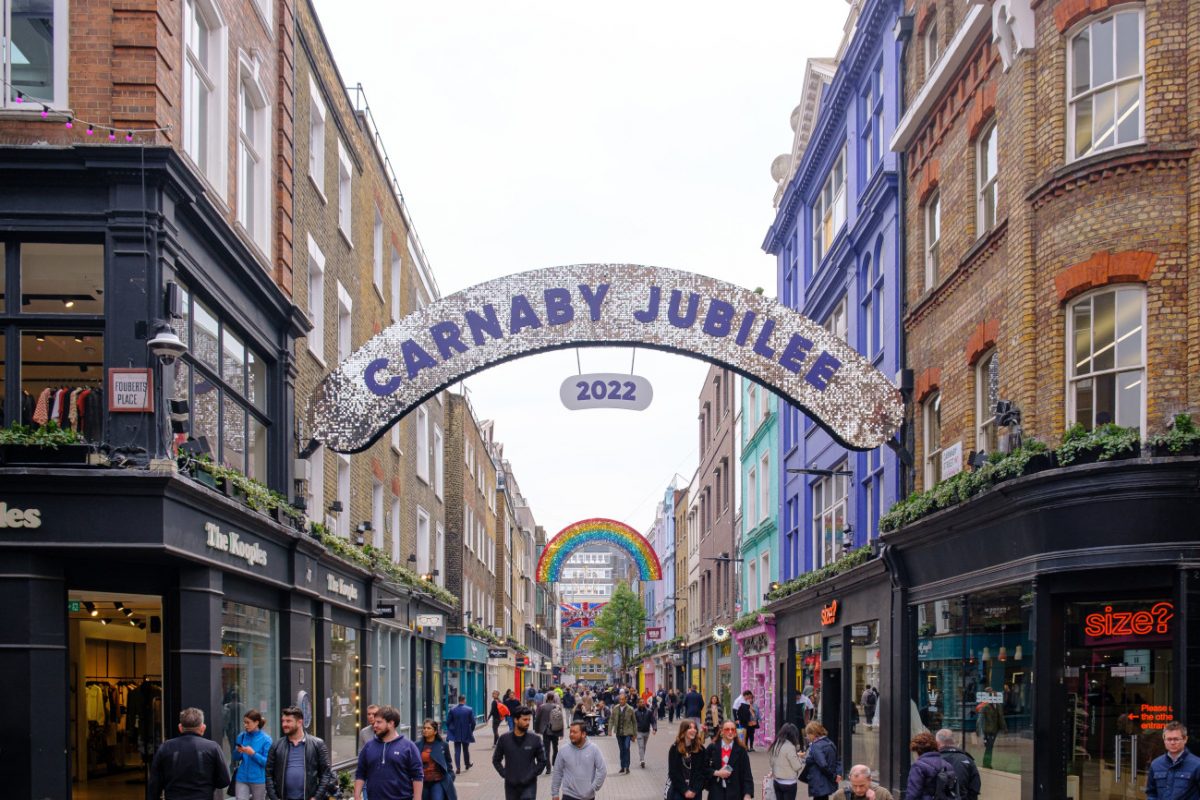
It was around the new St Paul’s, completed in 1710, that the coffee houses sprang up in the 18th century and became the centres of trading and finance which gradually turned London into the world’s biggest city of its day and a centre of international commerce. Part of that was built on slavery, documented today at, for example, the Museum of London Docklands. The industrialisation of the Victorian era led to great prosperity, but also to the squalid conditions for many ordinary people described by Charles Dickens.
The suffragettes, with their campaign for votes for women (finally granted, for some at least, in 1918) marked London’s early 20th century history. During the Blitz of 1940 and 1941, some 12,000 bombs were dropped on London. Rebuilding, and the optimism of the 1951 Festival of Britain, modelled on the Great Exhibition a century earlier, was followed by the Swinging 60s, when the world turned to London for its fashion inspiration and new ideas. Modern London builds on all of this history and so much more, much of it covered in the individual episodes in this series.
What makes London unique?
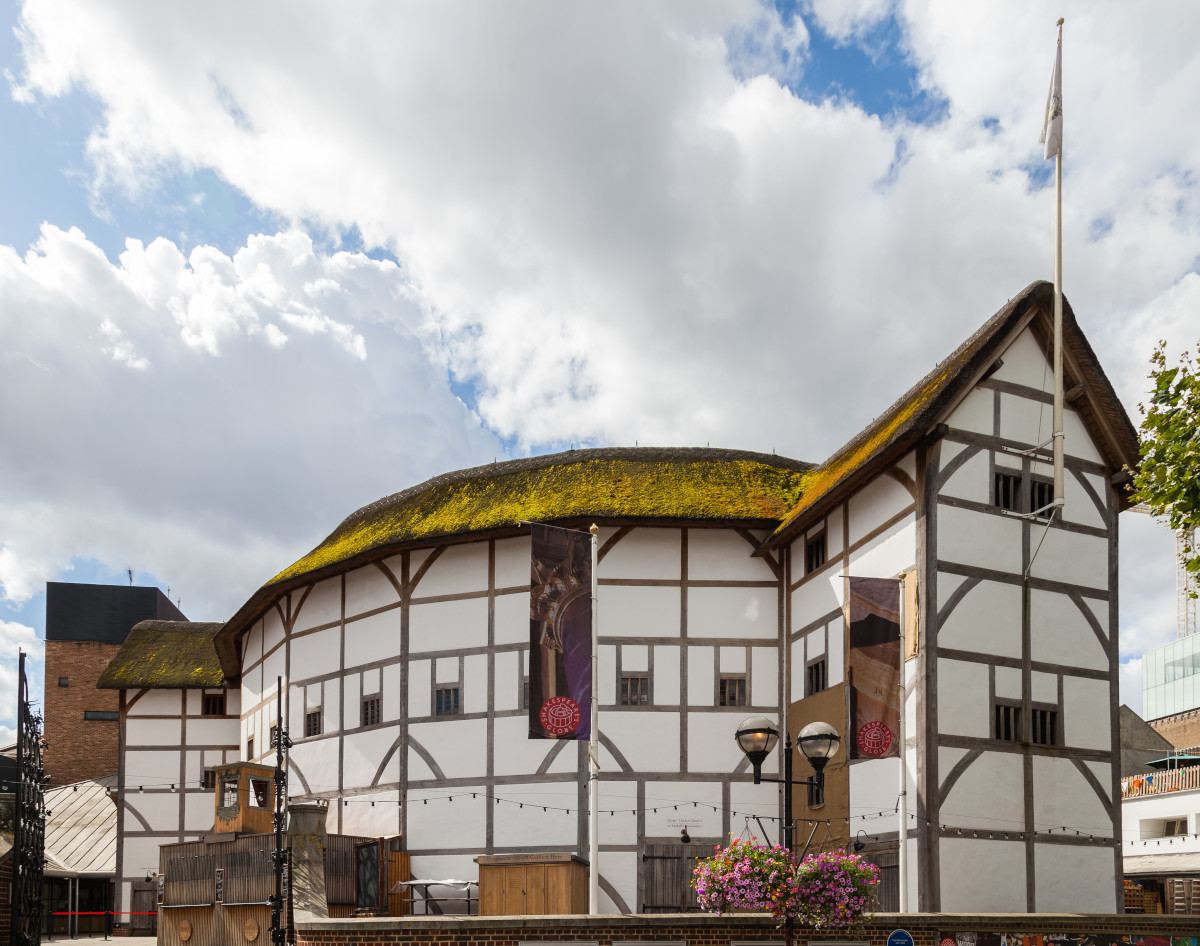


Is it Big Ben, red buses, guardsmen in bearskin hats and princesses in fairy-tale dresses clip-clopping to their wedding in a horse-drawn golden coach? Or the layers of history in a city where you can imagine traitors being hauled by barge up the Thames to their execution at the Tower? Or maybe the grandeur of the Mall and Whitehall, the maze of Elizabethan streets around St Paul’s, the secluded Inns of Court where lawyers have plied their trade for 800 years?
Perhaps it’s the world-class museums and bookshops, the showpiece concert halls and their famous orchestras? The shopping, in elegant Regent Street, in Jermyn Street, where you will find ‘shirtmakers to the king’, in huge commercial centres like Westfield, in markets as varied as Camden Market, Coal Drops Yard and Brick Lane. We haven’t mentioned the restaurants, the 30+ theatres in the West End, the view from Waterloo Bridge ….. As James Boswell wrote in the 18th century: ‘In seeing London, I have seen as much of life as the world can show.’
In the next post, we’ll be visiting St Paul’s Cathedral, in the very heart of the City of London, for a little history and tips on what to look out for when you visit. Below, we recommend some weblinks and guidebooks which proved useful in our research. And, if you fancy doing some reading around London in all its variety, also some history books, works on literary London, anthologies and novels set in London.
LISTEN TO THE PODCAST
other posts in the london series
St Paul’s Cathedral
The City of London
The Tower of London
Westminster Abbey
The Houses of Parliament
Whitehall and Trafalgar Square
Buckingham Palace
The Inns of Court
Fleet Street
The Strand, Covent Garden and Piccadilly
Victoria and Albert’s London
Chaucer and Shakespeare’s London
London and Charles Dickens
Bloomsbury
The East End and the Docks
Hampstead and HIghgate
The Royal Borough of Greenwich
London’s Royal Parks
The River Thames through London
Hampton Court Palace
Kew and Richmond
Windsor and Eton
London’s Shops and Markets
London Diarists and Travel Writers
Literary London
Links and Reading
Useful websites for tourists
Visit London
Visit England London City Information Centre
Visit Britain (London Section)
4 comprehensive guidebooks
Lonely Planet Pocket London
Rough Guide to London
Eyewitness London
Fodor’s London Guide
5 niche guidebooks
London A Guide for Curious Wanderers by Jack Chesher
London’s Secret Walks by Graeme Chesters
London Walks, London Stories Edited by David Tucker
London by Tube (Walks near tube stations) by Christopher Winn
London’s Houses by Vicky Wilson
6 histories of London
Elizabeth’s London by Liza Picard
Restoration London by Liza Picard
Dr Johnson’s London by Liza Picard
Victorian London by Liza Picard
Johnson’s Life of London by Boris Johnson
City of London (the history of London as a financial centre) by David Kynaston
5 books on London’s Literary figures
Chaucer by Peter Ackroyd
Globe Life: Life in Shakespeare’s London by Catherine Arnold
Inside Dickens’ London by Michael Paterson
Living in Squares, Loving in Triangles (on the Bloomsbury Group) by Amy Licence
Fictional London: A Guide to the Capital’s Literary Landmarks by Stephen Halliday
3 London anthologies
City Lit London edited by Heather Reyes
Blue Guide Literary Companion to London compiled by Robin Saikai
London: An Illustrated Companion compiled by Rosemary Gray
4 Novels set in London
At Bertram’s Hotel by Agatha Christie
Mrs Dalloway by Virginia Woolf
Brick Lane by Monica Ali
Salaam Brick Lane by Tarquin Hall

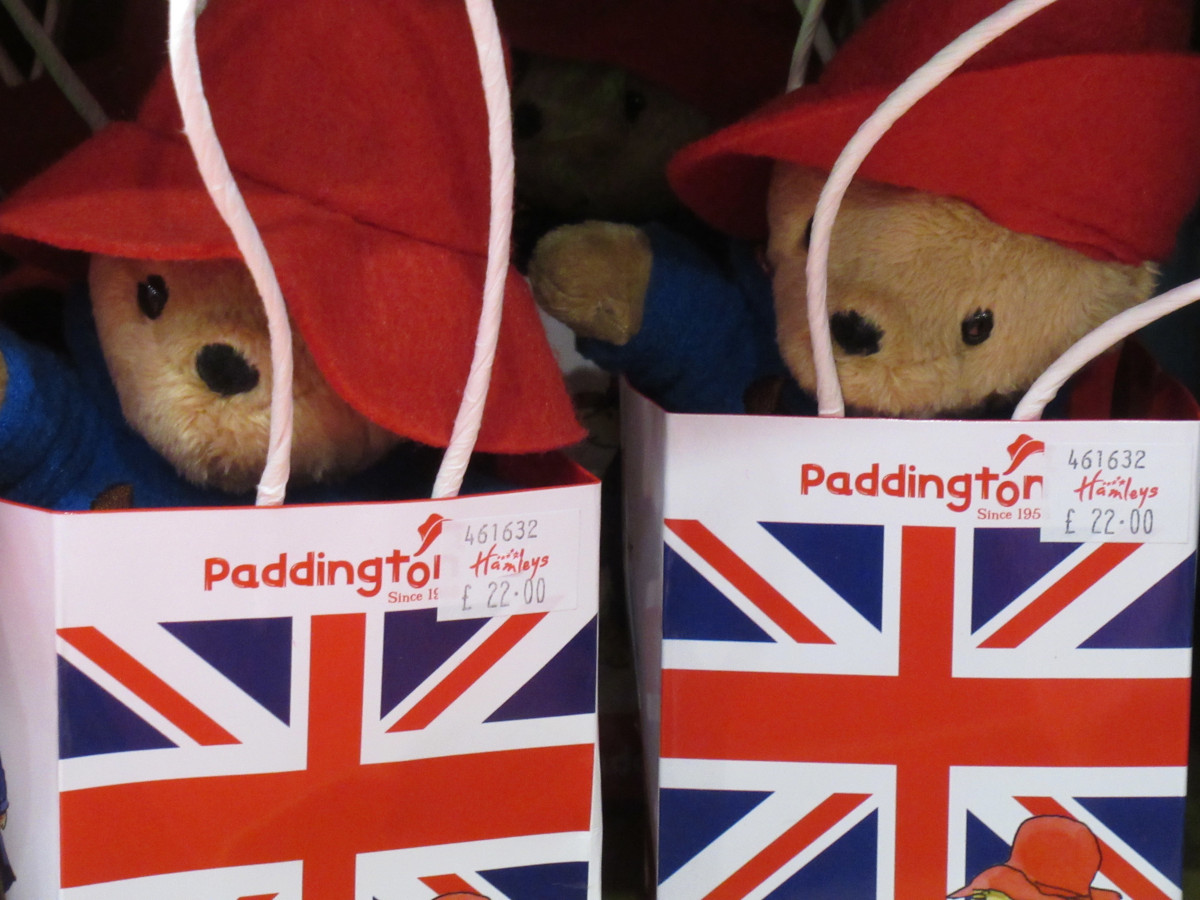





1 thought on “Episode 1: Introduction to London”